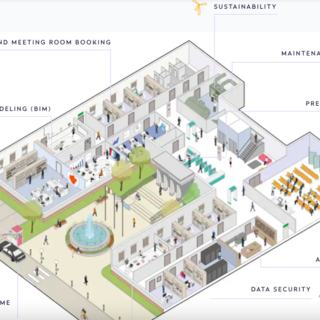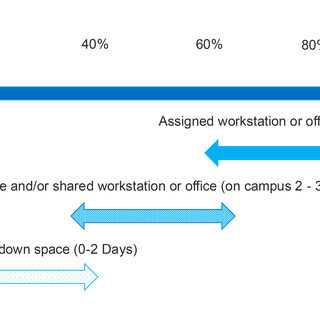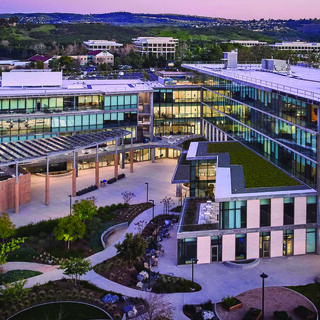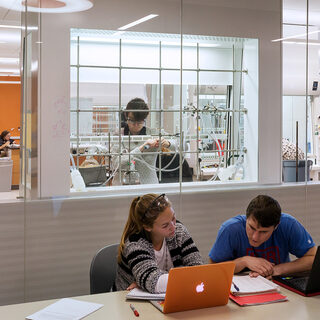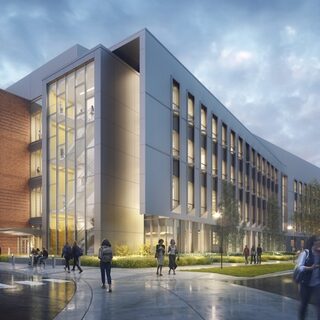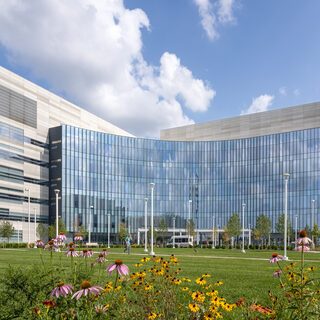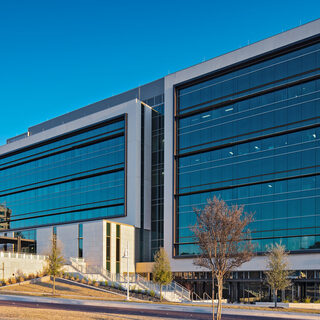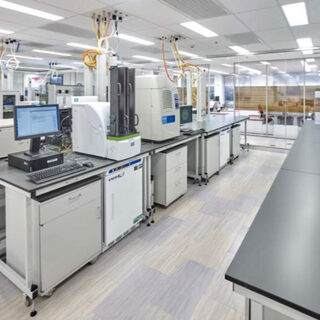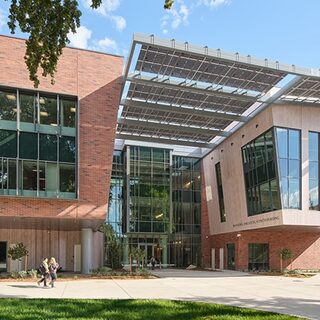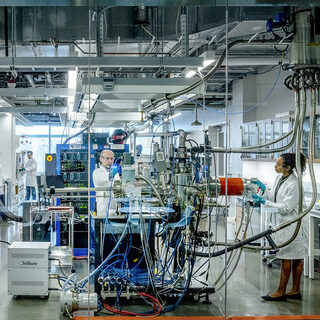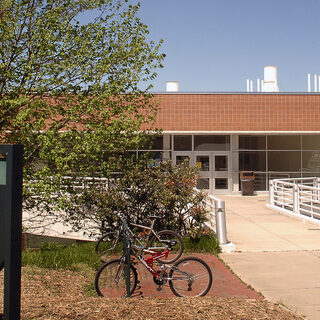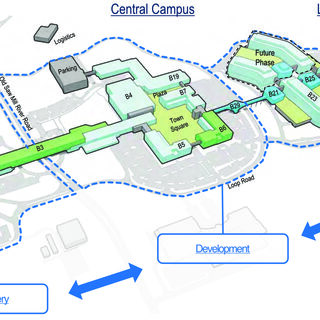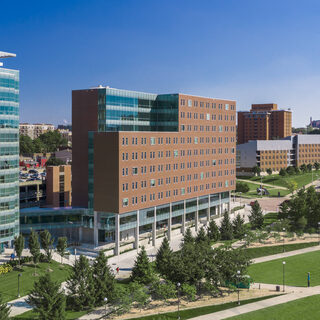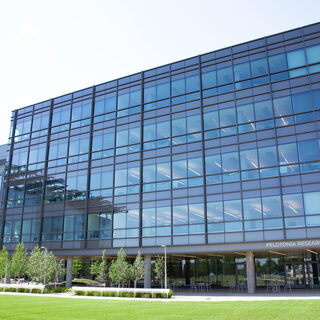Eptura Achieves FedRAMP® Authorization for its Integrated Workplace Management System
Eptura announced in May of 2025 that it has achieved authorization through the U.S. Federal Risk and Authorization Management Program (FedRAMP) for its Archibus integrated workplace management system (IWMS). With Archibus now available on the FedRAMP Marketplace, Eptura is expanding government agencies’ access to industry-leading tools to optimize their infrastructure investments. This creates new opportunities for evaluating office occupancy, enhancing maintenance programs, tracking building performance, and right-sizing real estate portfolios. Key features include:

